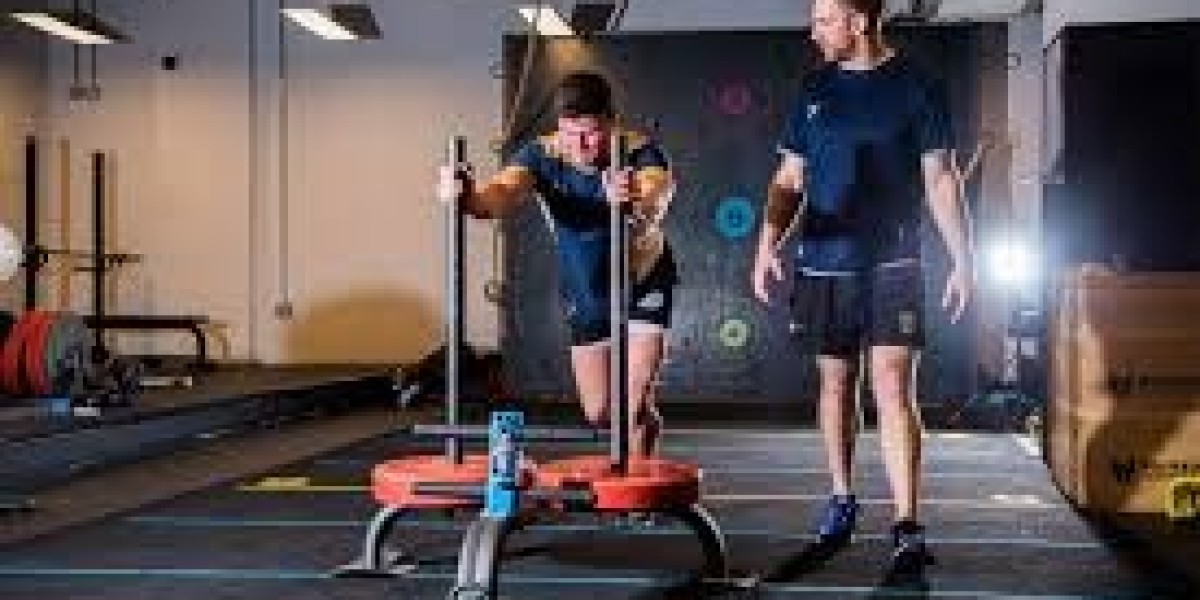Strength & Conditioning Course is a specialized field within sports science focusing on the physical development of athletes. This discipline combines aspects of exercise physiology, biomechanics, nutrition, and psychology to enhance athletic performance, reduce injury risk, and promote long-term health. A Strength & Conditioning (S&C) course provides the necessary knowledge and skills for professionals aiming to work with athletes at various levels.
Course Objectives
The primary objectives of a Strength & Conditioning course are to:
- Develop a Deep Understanding of Exercise Science: Learn the fundamental principles of human physiology, biomechanics, and kinesiology.
- Design and Implement Training Programs: Gain expertise in creating customized training regimens tailored to individual athletes' needs.
- Enhance Athletic Performance: Apply techniques to improve strength, speed, endurance, flexibility, and overall athleticism.
- Injury Prevention and Management: Understand the methods to prevent injuries and manage rehabilitation effectively.
- Nutritional Guidance: Offer dietary advice to support training and recovery.
- Psychological Strategies: Utilize mental conditioning techniques to boost motivation and performance.
Core Components of the Course
1. Exercise Physiology
This section covers the body's responses and adaptations to physical activity. Key topics include:
- Energy Systems: Understanding aerobic and anaerobic energy pathways.
- Muscle Function: Insights into muscle fiber types, contraction mechanisms, and hypertrophy.
- Cardiovascular and Respiratory Systems: How these systems support exercise performance and recovery.
2. Biomechanics and Kinesiology
A crucial component that focuses on movement mechanics:
- Movement Analysis: Techniques for assessing and improving athletic movements.
- Force Production: Understanding how forces are generated and applied during various activities.
- Injury Mechanics: Identifying movement patterns that contribute to injury risk.
3. Program Design and Periodization
Learn to create effective training programs:
- Periodization Models: Strategies for structuring training cycles to optimize performance.
- Exercise Selection and Progression: Choosing the right exercises and modifying them as athletes progress.
- Load Management: Balancing training intensity and volume to prevent overtraining.
4. Strength Training Techniques
This practical component covers:
- Resistance Training: Techniques and programs for developing maximal strength.
- Olympic Lifting: Proper execution of lifts like the snatch and clean & jerk.
- Plyometrics and Power Training: Exercises to enhance explosive strength.
5. Conditioning Methods
Focus on improving endurance and overall fitness:
- Aerobic Conditioning: Long-distance and interval training methods.
- Anaerobic Conditioning: High-intensity interval training (HIIT) and sprinting techniques.
- Sport-Specific Conditioning: Tailoring conditioning programs to the demands of specific sports.
6. Injury Prevention and Rehabilitation
Strategies to keep athletes healthy:
- Risk Assessment: Identifying potential injury risks through screening.
- Preventative Measures: Implementing exercises and protocols to reduce injury incidence.
- Rehabilitation Techniques: Approaches to manage and recover from injuries effectively.
7. Nutrition and Recovery
Guidance on fueling and recovering:
- Macronutrient and Micronutrient Needs: Understanding dietary requirements for athletes.
- Supplements: Evaluating the use and efficacy of common sports supplements.
- Recovery Strategies: Techniques such as sleep, hydration, and active recovery to enhance recuperation.
8. Psychological Conditioning
Enhancing mental toughness and resilience:
- Motivational Techniques: Strategies to keep athletes focused and driven.
- Stress Management: Tools to help athletes handle competition pressure.
- Goal Setting: Developing short-term and long-term goals to guide training.
Career Opportunities
Upon completing a Strength & Conditioning course, graduates can pursue various career paths:
- Strength & Conditioning Coach: Work with athletes in schools, colleges, professional teams, or private training facilities.
- Sports Scientist: Conduct research and apply findings to improve athletic performance.
- Rehabilitation Specialist: Focus on injury prevention and recovery within sports medicine clinics.
- Fitness Trainer: Provide specialized training for individuals seeking to enhance their physical fitness.
Conclusion
A Strength & Conditioning course equips individuals with the expertise to optimize athletic performance, prevent injuries, and promote overall physical health. Whether working with elite athletes or fitness enthusiasts, professionals in this field play a vital role in helping individuals achieve their physical potential.



